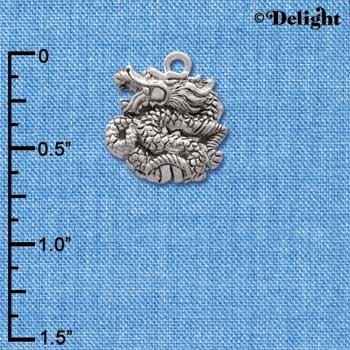|
Click on Image for Quantity Discounts
|
|
C2687 ctlf - Chinese Dragon - Silver Plated Charm
Buy Product Online | Visit Store Home |
|
|
Related Products
Click on Image for Quantity Discounts Click on Image for Quantity Discounts Click on Image for Quantity Discounts Click on Image for Quantity Discounts Click on Image for Quantity Discounts Click on Image for Quantity Discounts |
||
|
Other Items from Other Click on Image for Quantity Discounts Click on Image for Quantity Discounts Click on Image for Quantity Discounts Click on Image for Quantity Discounts Click on Image for Quantity Discounts Click on Image for Quantity Discounts Click on Image for Quantity Discounts Click on Image for Quantity Discounts Click on Image for Quantity Discounts Click on Image for Quantity Discounts Click on Image for Quantity Discounts
|
||
| Return To TwoPurplePandas.com presents charm bracelet charms and wedding favor charms | ||
|
|
||
|
|
| E-commerce powered by MonsterCommerce shopping carts. |

